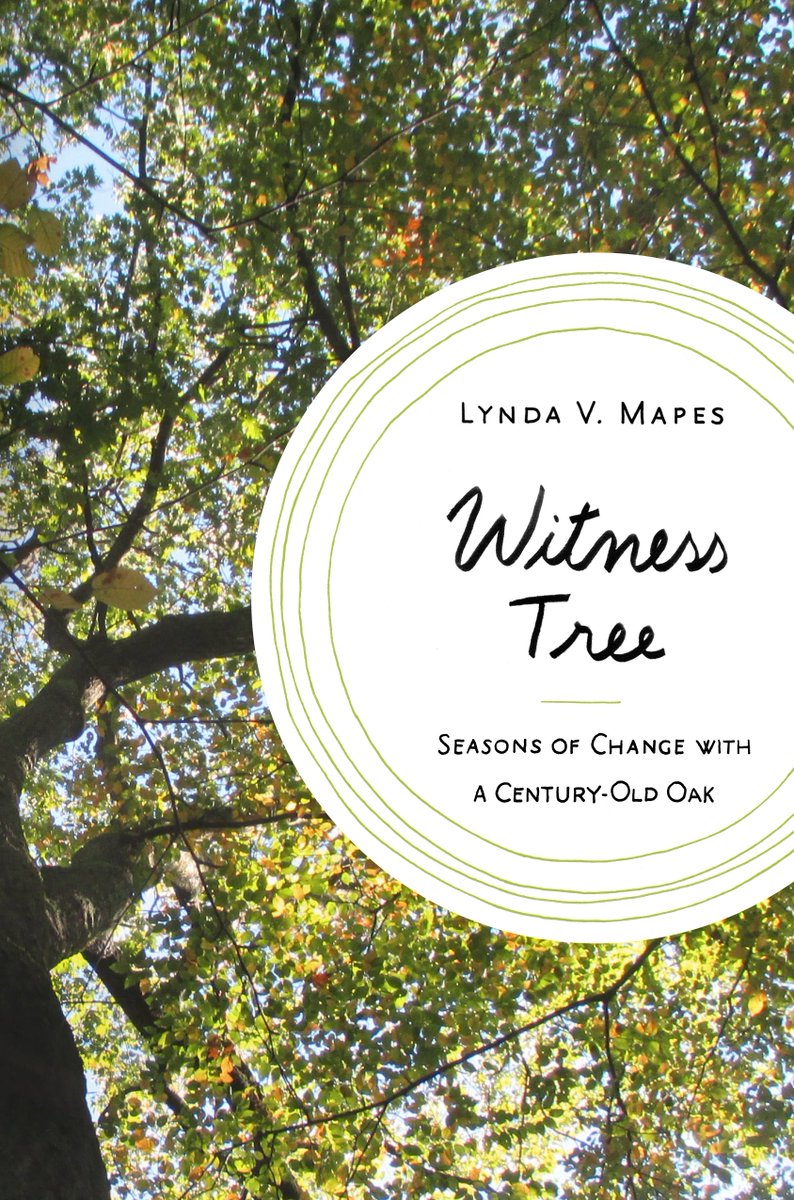“We are made to exaggerate the importance of what work we do.”
-Thoreau in Walden
From 1969 until today, researchers at Manomet in southeastern Massachusetts have banded birds every autumn from August 15 to November 15, from Monday through Friday, from dawn to dusk. Many bird species have been declining in abundance and migrating later (or in a few cases earlier) over this 39-year period.
American Redstarts have declined significantly in abundance at Manomet over the last 39 years (photo by Sam Roberts)
In a recent paper in Biological Conservation, we demonstrate that if bird banders sampled fewer days per week, even as few as two days per week, the patterns of changing abundance and timing are still detectable over the 39-year period.
Significant declines in Red-eyed Vireo abundance are still detectable when sampling 2 days/week (photo by Sam Roberts)
Reducing the sampling to every other year does not affect the patterns, and most of the patterns are still detectable if birds are only captured every third or fourth year.
Changes in the migration phenology of Blackpoll Warblers are still detectable when sampling every third year (photo by Sam Roberts)
Our results demonstrate that the key to detecting long-term changes in abundance and timing of migration is to establish a simple and efficient sampling design that can be carried out over a long period of time.
You can read the full article here.












